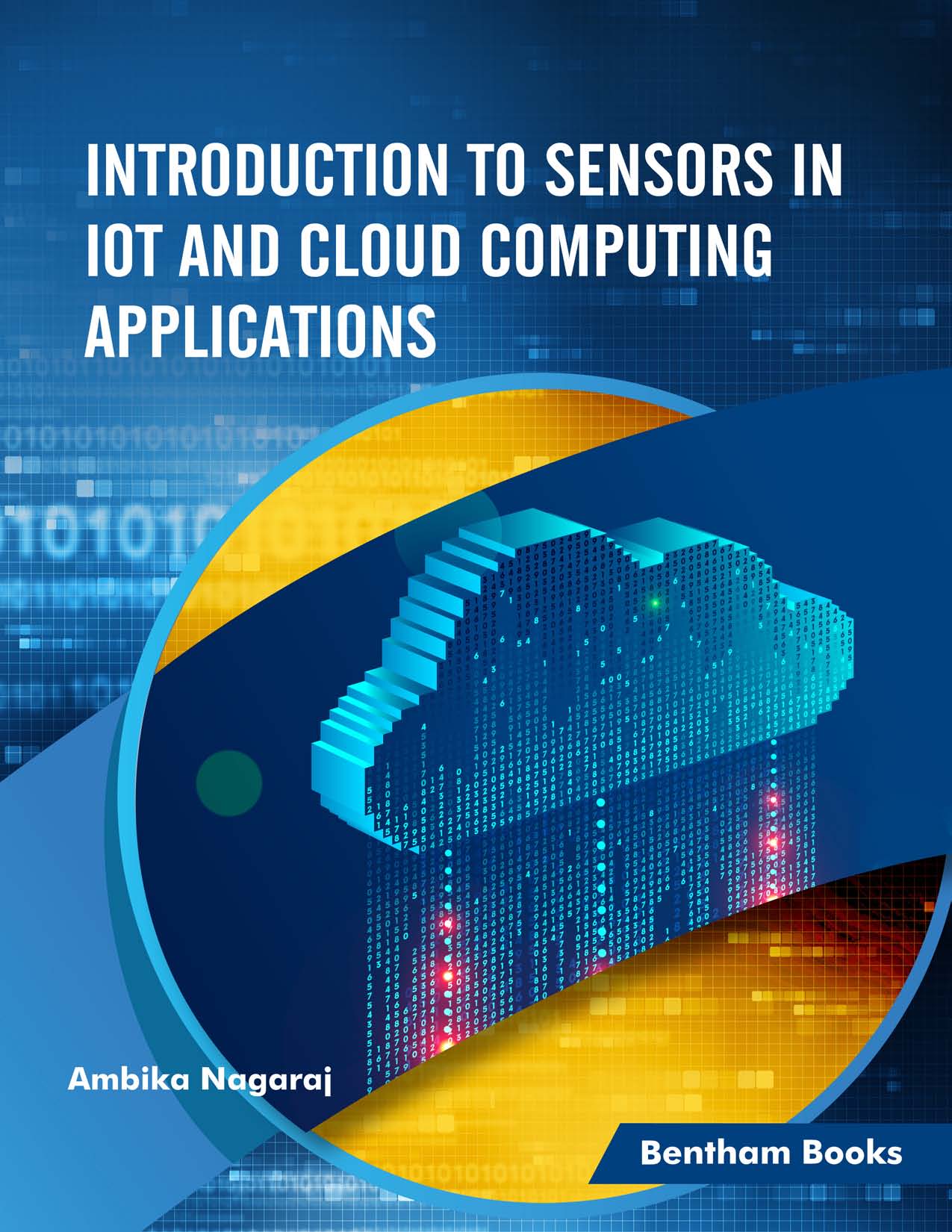Preface
Ongoing advances in micro-electro-mechanical systems (MEMS) innovation, remote interchanges, and computerized gadgets have empowered the improvement of ease, low-power, multifunctional sensor hubs that are little in the estimate and impart untethered in short separations. These little sensor hubs, which comprise detecting, information preparing, and conveying parts, influence the possibility of sensor systems dependent on community exertion of an enormous number of hubs.
Intelligent sensors are worked as IoT segments that convert this present reality variable that they're estimating into a computerized information stream for transmission to a gateway. Internet of Things (IoT) applications, regardless of whether for city foundations, plants, or wearable gadgets utilize enormous varieties of sensors gathering information for transmission over the Internet to a local, cloud-based figuring asset. Investigation programming running on the cloud PCs lessens the enormous volumes of created information into noteworthy data for clients, and directions to actuators retreat in the field. The integration of the three has provided ease as well as huge profit for various businesses. The book provides an insight into the different technologies – sensors, Internet-of-things (IoT), and cloud computing. The technologies join hand-in-hand to build a better system aiding betterment to society. The integration has aided in building a robust system yielding profitable business to all the stockholders.
This book is a collection of various suggestions provided by the authors towards sensors, IoT, cloud, and integration technology. The chapters summaries the use of the technology in various applications, shortcomings and future directions suggested by various authors. The collection is profitable for young readers providing better insight into various technologies, researchers and students.
I would like to thank Bentham Science publications for providing me an opportunity to write this book. I would like to thank my college management for their support and cooperation. I would also like to thank my family and friends for their encouragement.
CONSENT FOR PUBLICATION
Not applicable.
CONFLICT OF INTEREST
The authors declare no conflict of interest, financial or otherwise.
ACKNOWLEDGEMENTS
Declared none.
Ambika Nagaraj
MCA, M.Phil, Ph.D
Department of Computer Applications
SSMRV College, Bangalore
India

